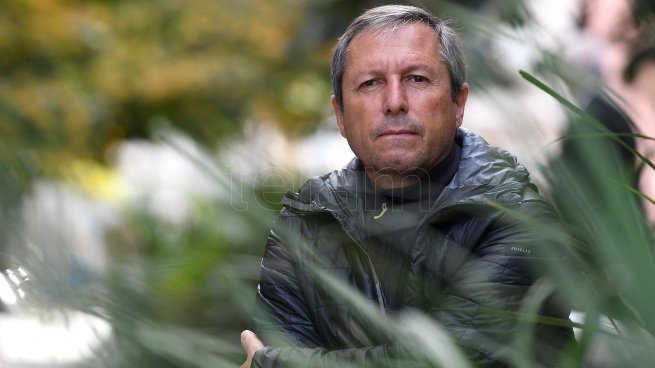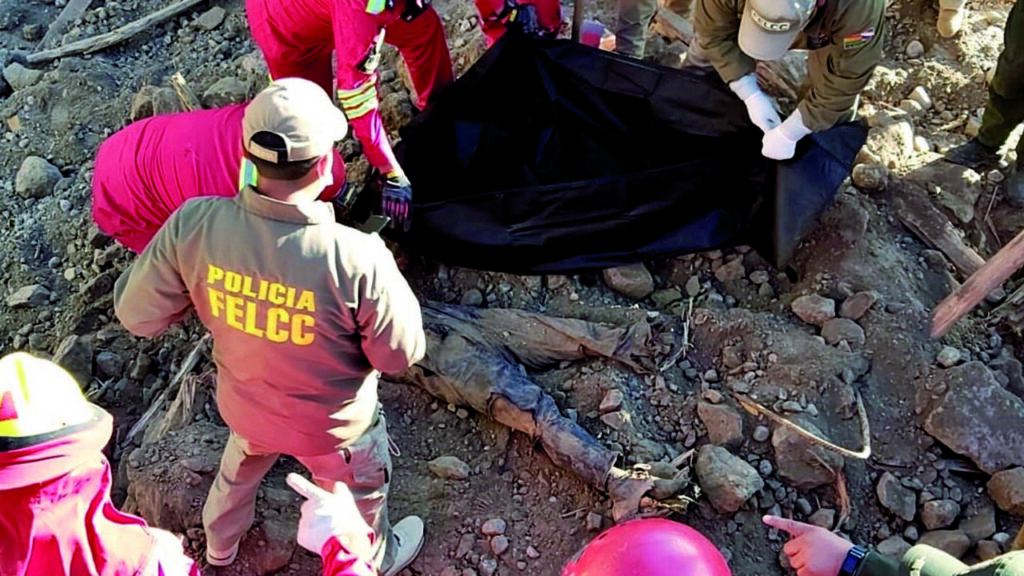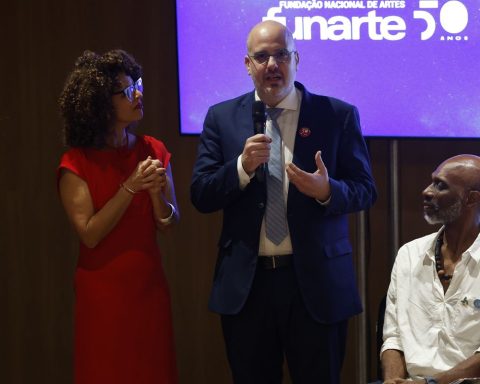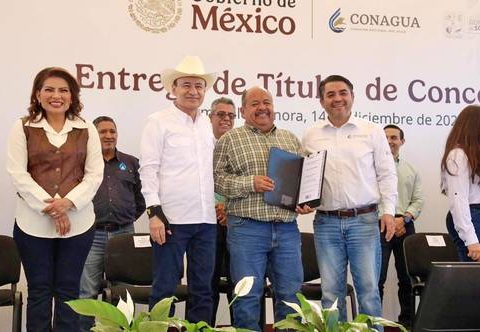The national director of Agroecology, Eduardo Cerdá, affirmed that producing wheat and corn through the agricultural model that does not use agrochemicals and protects the soil costs a third of what it costs to do it through the conventional system, and the production that is achieved is similar, with which the return reaches up to five times the investment.
“By not using agrochemicals, the cost of producing wheat using agroecology is US$150 per hectare, compared to US$400 through the traditional model that requires more and more inputs to produce. And the production obtained is almost the same,” Cerdá told Télam.
The official, who is responsible for the first and only government agroecology area in all of Latin America, highlighted that in the last year “70 municipalities in 20 provinces joined” the proposal to develop agriculture without agrochemicals that preserves the use of floors.
The following are the main sections of the interview with Télam:
Télam: How developed is agroecology in Argentina?
Eduardo Cerda: According to the last agricultural census of 2018, currently 2% of agricultural establishments in Argentina develop different forms of agroecology, biodynamic and organic agriculture. There are 1.1 million hectares of agroecology and 2,100 establishments that practice it. However, there are thousands of producers who are interested in starting a transition towards agroecology, and millions of people in Argentina and around the world who demand healthy and quality food. Agroecology is presented as the tool to achieve food sovereignty in our communities.
T: What differences are there with the conventional model of agriculture?
EC: Agroecology is based on recovering the health of the soil, key to the production of food of high nutritional quality. It is applicable in any region and scale. It works with crop rotations and associations that recover fertility, stimulate biodiversity and optimize the functioning of the production system. Achieve good returns, lower costs and reduce risks. The conventional agriculture model requires more and more inputs. Chemical synthesis inputs depend on the price of oil. In addition, every time the prices of the products rise, the inputs rise. The use of agrochemicals in Argentina represents US$2.5 billion a year, the equivalent of foreign currency from dairy and meat exports. Likewise, this use of a greater quantity of agrochemicals and the lack of crop rotations lead to a drop in the organic matter of the soil, which according to the latest INTA fertility map, reaches up to 50%. Another relevant aspect is that agroecology is efficient in energy terms. The conventional system uses more than double the energy in pest regulation, for example.

T: Are there differences in costs?
EC: Yes, by not using agrochemicals, the cost of producing wheat using agroecology is US$150 per hectare, compared to US$400 through the conventional model that requires more and more inputs to produce. And the output you get is almost the same. Therefore, the gross margin for the production of wheat with agroecology is US$760 per hectare and for the conventional model, US$550. This means that those who use agroecology receive a return of five times the investment and those who use it it does with the conventional model only 1.4 inverted. In Zavalla, province of Santa Fe, in the 2021 wheat campaign, the yield was 3,800 kilos and the cost was 500 kilos, without the use of chemical products. There are other experiences such as that of a mixed farm in the center of the province of Buenos Aires, which, by applying agroecology, reduced its annual production costs from US$300,000 to US$100,000 in five years. Thus, the return per dollar invested went from 0.25 to 2.30. And while before the change the producer, with the conventional model, was left with a profit of US$90,000, five years later, with agroecology he obtained US$260,000.
T: Is it possible to further advance agroecology in the country?
EC: 70 municipalities in 20 provinces have already joined to promote its development. It is a change that is not overnight. Our goal is to make agroecology visible, promote it and protect it. Buenos Aires has 400 agro-ecological establishments and they have requests for 600. Agro-industrial production, both peri-urban and rural, generates tensions with other activities and processes such as urbanization, industrialization, tourism, the preservation of natural areas and the change in land use. soil of the same productive systems. The transformations in agricultural activity in recent years have generated new conflicts in the communities. The main reason for these tensions is the consequences on health and the environment derived from pesticide spraying in peri-urban areas, around rural educational centers and watercourses. These practices have advanced even in urban areas through the application of pesticides in public spaces.
T.: How is this situation resolved?
EC: To decompress these tensions and guarantee public health and the general well-being of the population, we seek that the authorities of the municipalities, together with the committed actors, implement actions to encourage the reduction of the use of pesticides, at the same time that they promote development processes. that guarantee agro-food production without pesticides in peri-urban areas and areas surrounding natural areas.


















